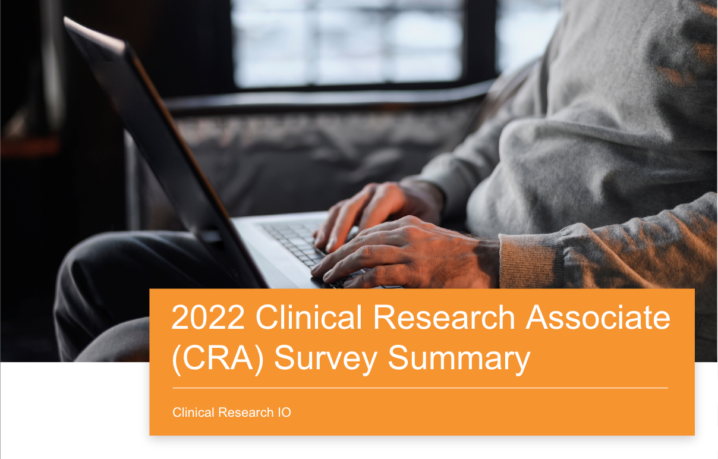CRIO’s integrated eSource-EDC Model is a Game Changer
CRIO’s integrated eSource-EDC model revolutionizes both the data entry process at the site level and the monitoring process from the CRO perspective. According to a third party survey of CRAs who have used CRIO, CRAs agreed by a margin of 23:1 that this new model would increase overall trial efficiency, improve data quality, and enhance...












